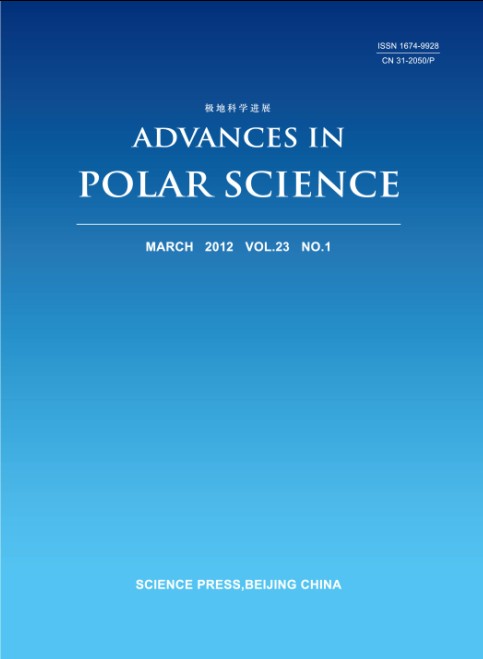The Antarctic surveying, mapping and remote sensing is one of the important parts of Chinese Antarctic geoscience researches. Since the first Chinese National Antarctic Research Expedition (CHINARE) in 1984, the Chinese Antarctic surveying, mapping and remote sensing has been 25 years and made some progress. During 1980’s, the geodetic datum, height systems and absolute gravity datum were established in the Great Wall Station and Zhongshan Station. Great contributions were made for the constructions of the Chinese Great Wall Station, Zhongshan Station and Kunlun Station. The geodetic control network and gravity network were established in the King George Islands, Grove Mountains and Dome A. More than 200000 km2 areas were mapped using satellite image data, aerophotogrametry and in situ data. The permanent GPS stations and tide gauges were established in both Great Wall Station and Zhongshan Station. The plate motion, the precise satellite orbit determination, the gravity field, the sea level change and the GPS application in atmosphere studies were carried out. Based on the remote sensing techniques, the ice sheet and glacier movements, the distributions of blue ice and ice crevasse and mass balance studies were made. The polar digital and visual mapping techniques were introduced, the polar survey space database were built, the Chinese polar scientific expedition management information system and Chinese PANDA plan display platform were developed, which provide technique support for the Chinese polar management. Finally, the prospects of Chinese Antarctic surveying, mapping and remote sensing are put forward.

